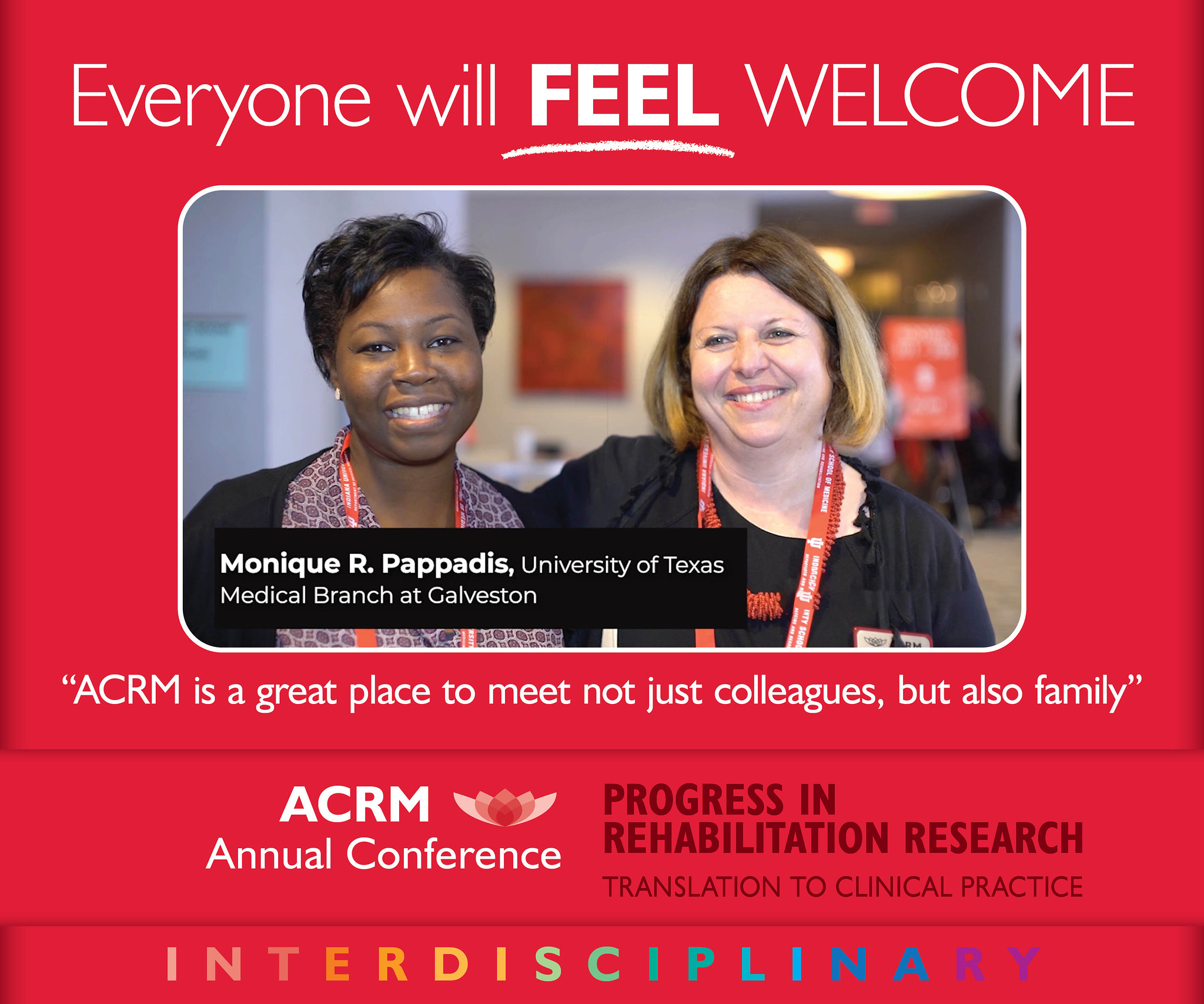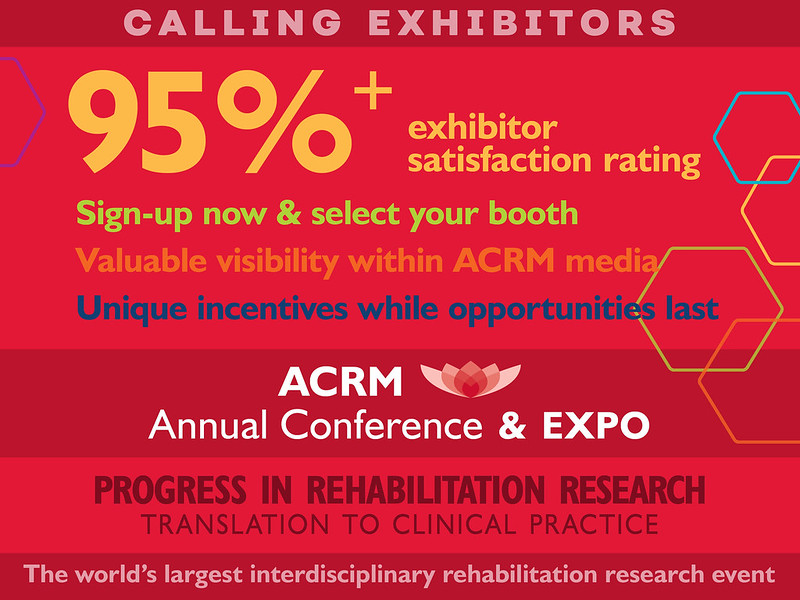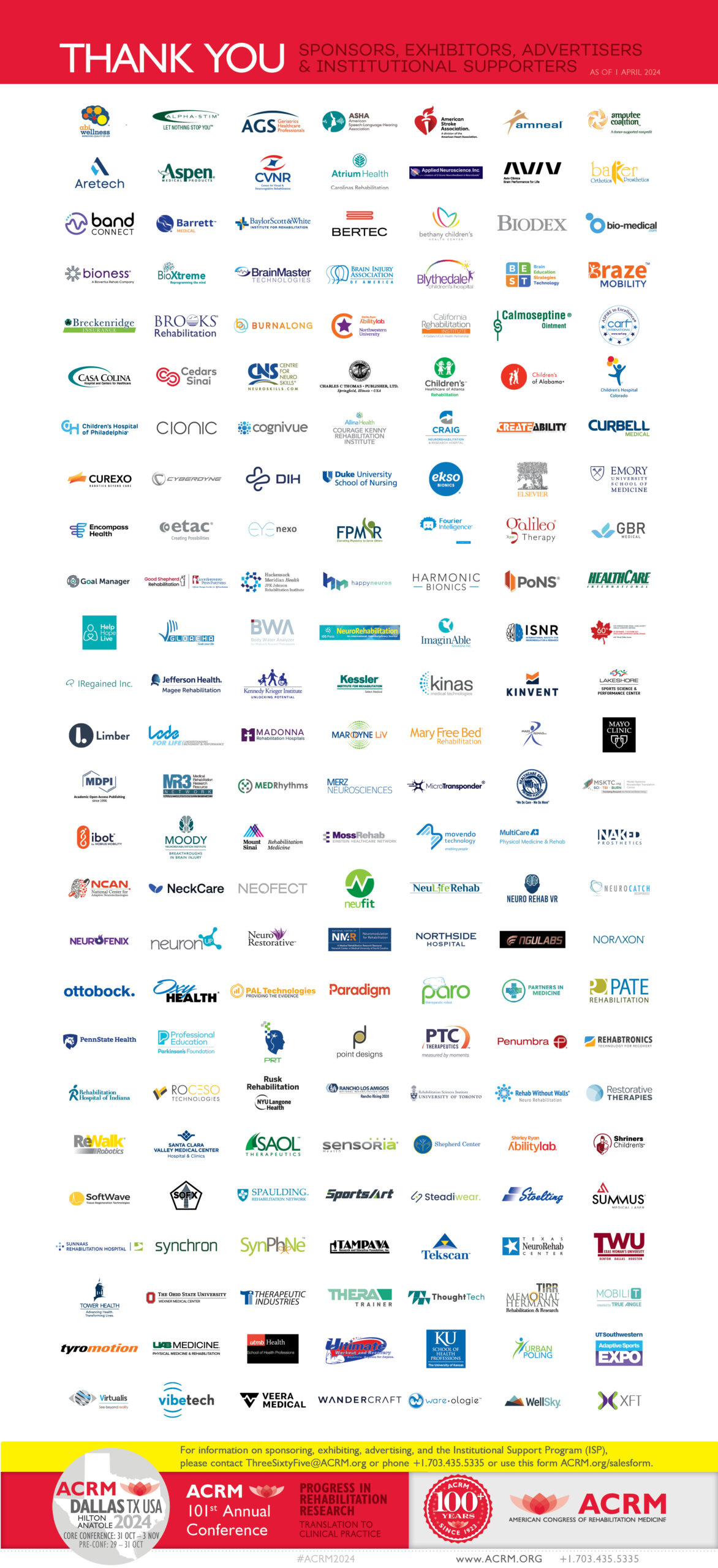
Kristine T. Kingsley, PsyD, ABPP-Rp
In the Times of a Pandemic…
Submitted by Kristine T. Kingsley, PsyD, ABPP-Rp
It was mid-January. The season had been unusually warm. “Very little black ice to grapple with this winter,” I thought to myself; spring must be around the corner, the days are growing longer. A week later, while in the midst of writing emails and editing, I began to listen to stories from Hunan, China describing of the existence of a new virus. It was maybe similar to SARS I remember thinking; definitely no more lethal nor disruptive than the flu. It was happening thousands of miles away from my hometown, but just in case, I decided to skip the Lunar New Year festivities in Chinatown. What if one of the attendees had recently travelled to Hunan? By February 22nd things were beginning to sound more ominous. The Venice Carnival in Italy had been cancelled for the first time in forty years. This is Europe! Many of my friends and neighbors had spent winter holidays there only a few weeks earlier. Ten days later my hometown of New Rochelle, New York became the epicenter of what the World Health Organization was calling a “pandemic.” All of the sudden, this invisible enemy was no longer an intangible threat. Places of worship cancelled services; schools went on to virtual learning mode a few days later; shops and other businesses, soon followed.
On March 16th, was the first time I realized that I had personally come into close contact with the virus; a resident in the skilled nursing home I consult with had tested positive. “Nothing to worry about though”- I was told. “Only the nursing attendants who handle his linen and clothes are in any real danger of contracting the virus.” The fact that I had spent forty minutes conducting psychotherapy with the roommate of the afflicted resident, was not cause for alarm. How little did we know back then on how truly contagious this virus can be? Like wild fires spreading across brush and trees, the virus thrives where there is density. His roommate tested positive a few days later: within the next two months we lost more than thirty of our residents, while numerous staff members tested positive. Other facilities lost 200 residents in the same time period.
What went so wrong, you may ask?
- Was it the lack of infectious disease experts and appropriate training for the staff? How many of us sincerely knew the full protective gear we needed to wear, and how to work with them? How many of my colleagues including myself, worked in several facilities often increasing the spread of the infection, once contaminated? Were there staff who went to work, while feeling ill? Were there staff who had come into contact with carriers of COVID, never got tested, but never quarantined themselves either? Could they have afforded to stay home?
- How much did the original plan of returning all residents in stable condition back to nursing homes to convalesce, while they were still contagious with COVID, impact other residents? Was there an adequate plan to protect those who had not contracted the virus?
In the months, years, to come many will investigate the conditions that spread so much death around us. During those weeks though very few of us had the time to contemplate and reflect. The perception of time was altered. It was not that time stopped; it was as if it had been suspended. Things were busy, but concepts such as productivity and efficiency went out the window. For frontline workers, responsibilities increased; either due to staffing shortages or due to ill patients. There was little time to reflect; little time to grieve.
As a rehabilitation specialist, I have encountered catastrophic loss and tragedy- including untimely death multiple times. Nothing prepared me though for this kind of casualty. Mental health providers (psychiatry, psychology, counselors) were the only specialists allowed in facilities during lockdown. Access to buildings was made it possible due to the understanding that clinicians are essential specialists. Even with the advent of tele-medicine, for many of the residents setting up and following with a scheduled appointment was not an option. It required technology and scheduling which many were unable to organize on their own, and staff on the premises were frequently overextended to be able to offer the setup. What was my motivation, you ask: I think it was more a story I had read early in the epidemic about a nursing home in Madrid, Spain where soldiers helping to fight the coronavirus pandemic had found elderly patients in retirement homes abandoned and, in some cases, dead in their beds. There was something so haunting about this image, that I was determined not to let it happen to my clients.
Frontline workers tried to keep going, while also trying to stay healthy and safe for themselves and family members, maintain some normalcy. Staying home was also getting harder, as family members were getting on each other’s nerves during a countywide lockdown. We knew of many families in our area, where individuals were not so fortunate and had ended up seriously ill.
So what kept my sanity relatively intact?
- The ability of being tested easily. One of the advantages of being designated as a hotspot early on, was to send reservists to have the Federal government create testing centers within the area, where access to testing to this day remains easy and affordable to all of us.
- Learning more about how to use protective gear- sometimes investing for my own resources, as the facility was unable to deliver, offered me some control of the situation.
- Then there was nature. The blooming trees and blossoming gardens. The hikes in the forest; there is something “grounding” about looking up at the tall trees- some of which were there before I arrived, and will remain alive long after I am gone. Anton Chekov once wrote in his book “A Day in the Country.” “Those who contemplate the beauty of the earth find reserves of strength that will endure as long as life lasts. There is something infinitely healing in the repeated refrains of nature – the assurance that dawn comes after night, and spring after winter.” In times of great uncertainty, the Human Mind was seeking some kind of predictability.
I was seeing nature at its best and at its ugliest. A forest can bring peacefulness and serenity, while at the same time a virus shatters the human body and soul.
ABOUT KRISTINE T. KINGSLEY, PSYD, ABPP-RP
Dr. Kristine Kingsley is an independent practitioner, and a consultant with CHE Behavioral Care in New York. She is a former NYU Langone Health faculty, senior psychologist and co-director of the Psychology Internship Program at Rusk Rehabilitation. She is board certified in rehabilitation psychology. Areas of expertise involve family systems and acquired brain injury, cognitive rehabilitation, group interventions and social participation after an acquired brain injury. Dr. Kingsley has provided clinical supervision for tens of psychologists and serves as an APA site visitor for training programs across the nation. She is a member of regional, national, and international boards and contributes to the development of new intervention protocols, dissemination activities, training, and cultural competency efforts to improve the lives of individuals with disabilities and their caregivers. She has made numerous professional presentations and has published in peer-reviewed journals & books, treatment and other information materials for professionals and consumers with disabilities.









